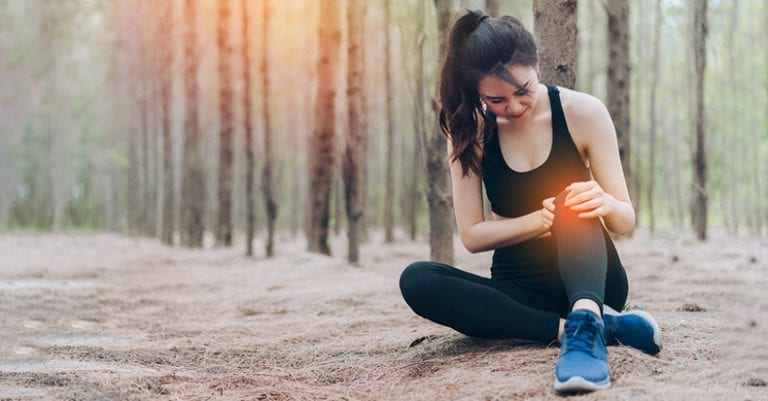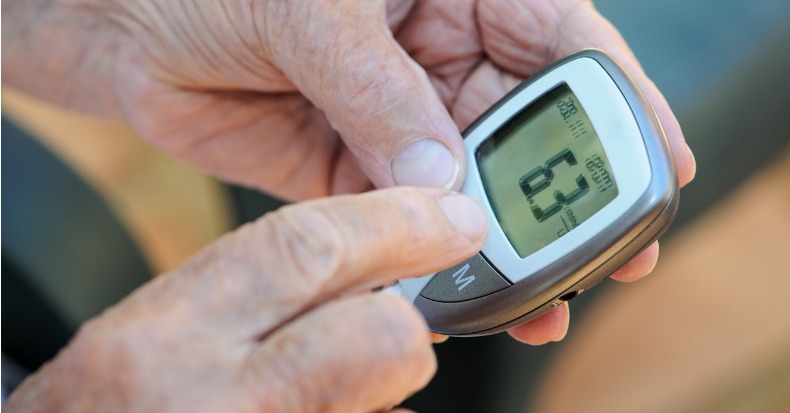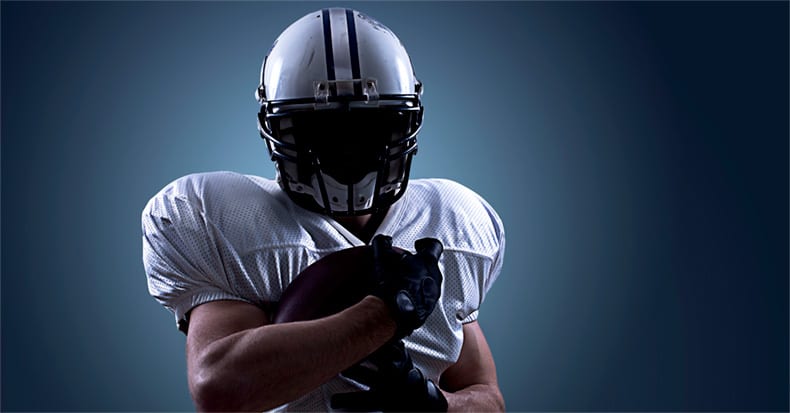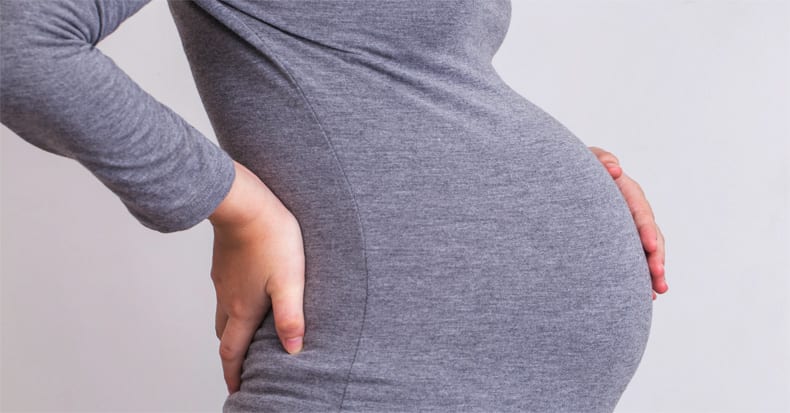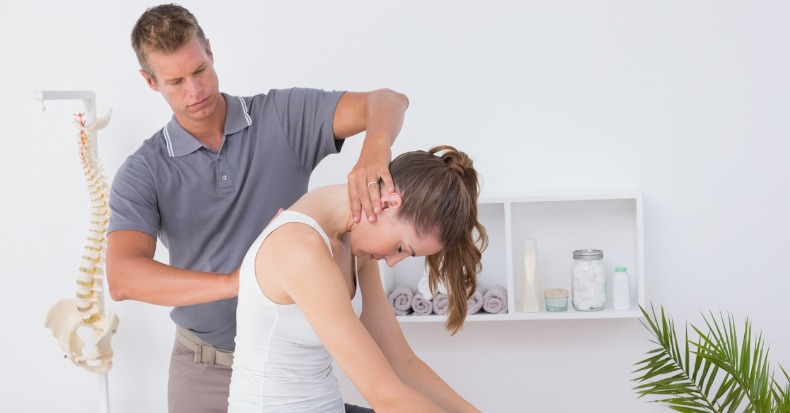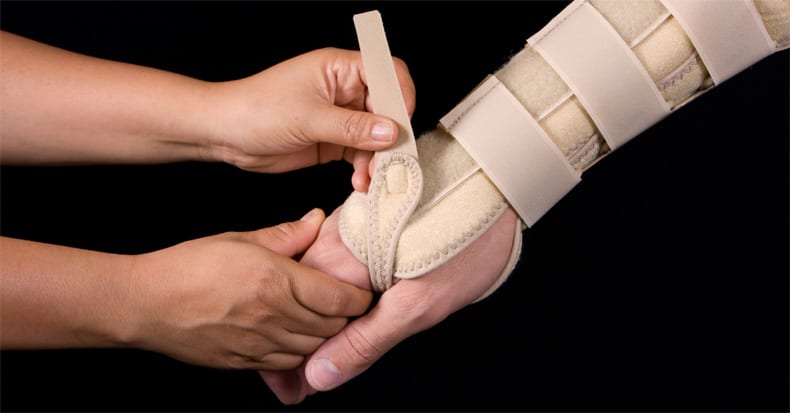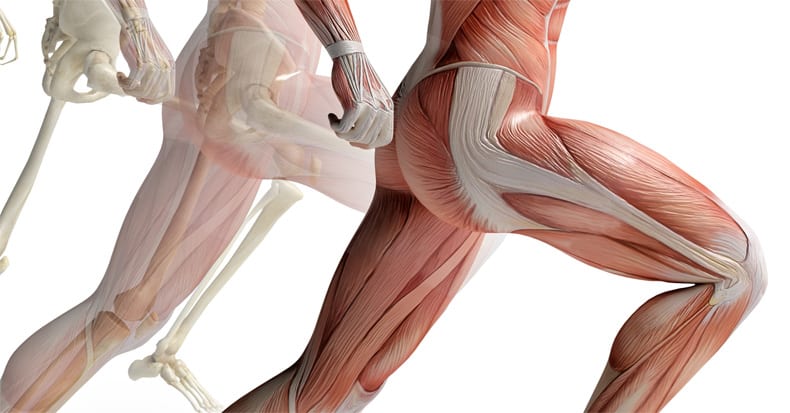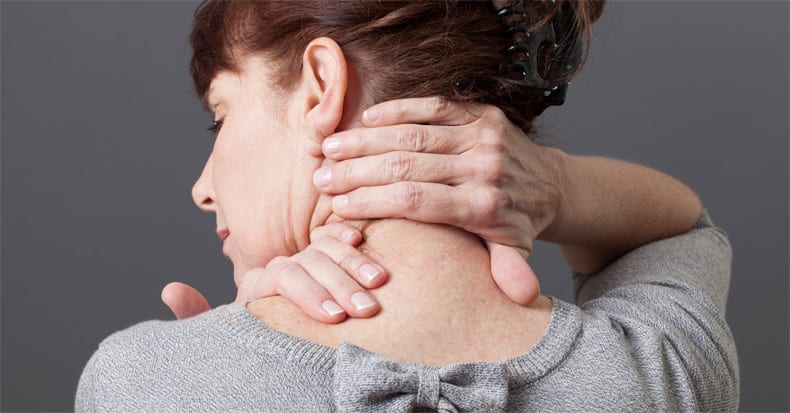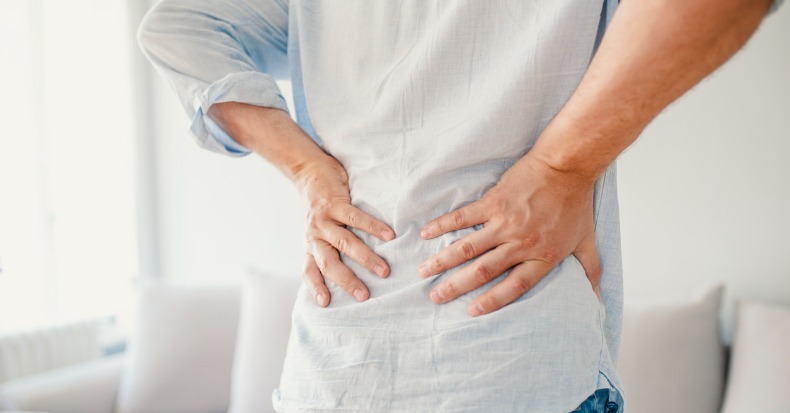Newest Articles
Is there a relationship between carpal tunnel syndrome (CTS) and body mass index (BMI)? A 1994 study focused on 949 patients who presented with right arm numbness and tingling. In the study, the patients underwent electromyography and nerve conduction velocity (EMG/NCV)—the “gold standard” of tests to diagnose nerve injuries in conditions such as CTS.
Researchers [..]
The four compartments of the knee (anterior/front, medial/inside, posterior/back, and lateral/outside) are like dominos. Meaning, when one is injured, the others “start to fall.” This is due to compensatory changes in function—when one compartment is problematic, this places added strain or stress to other compartment(s). Hence, managing knee conditions often requires work on multiple compartments. [..]
Traumatic brain injury (TBI) is also becoming a “hot topic” as it relates to motor vehicle collisions (MVC). The question is: how often is TBI missed?
The simple answer is: FREQUENTLY! This is due to the fact that attention is often drawn toward other injuries such as a neck injury or a limb injury. One [..]
This certainly is a provoking question! Interestingly, there appears to be some fairly convincing evidence that intermittent fasting can have a dramatic effect on both diabetes management (and possibly play a role in preventing the condition) in addition to increasing longevity. In 2013, researchers looked at this approach in a British Journal of Diabetes & [..]
Chronic Headaches, Balance Problems, Brain Fog, and MoreChiropractic clinical practice acknowledges that there is a unique and important relationship between the alignment of the skull and the upper cervical spine. Nearly all chiropractic techniques (specific treatment approaches) treat alignment problems of the upper cervical spine, but many chiropractors only treat the upper cervical spine, a testament to [..]
In Part 1 of this series, we discussed the many aspects of pregnancy that contribute to low back pain (LBP) including hormonal, chemical, biomechanical, and psychological changes that occur throughout pregnancy. In Part 2, we looked at the results of several studies showing that chiropractic care can help reduce low back pain (LBP) both during [..]
Neck pain can arise from a multitude of causes, from trauma like sports injuries and car accidents to just sleeping in an awkward position. It can also arise from non-traumatic causes like stress, anxiety, or depression. In the past, we’ve noted how forward head posture can increase the risk of neck pain and headaches. Suffice [..]
Wrist splints are often a beneficial form of CTS self-care, as they can assist in relieving the pressure within the carpal tunnel by restricting wrist flexion and extension. Because we cannot control the position of our wrist during sleep and the pressure on the nerve worsens the more it bends forwards or backwards, splints are [..]
WHAT IS IT? Iliotibial band syndrome (ITBS) is one of the most common causes of hip and/or knee pain among athletes. The pain is caused from swelling or inflammation of a muscle group (including the tensor fascia lata or TFL, gluteus medius, and minimus muscles), the tendons that attach muscles to the knee or hip, [..]
The terms “whiplash” and “neck strain” are often used interchangeably, though there's debate about whether this is appropriate. Let’s take a closer look at the differences between these two common descriptions of neck pain...
The term “strain” technically means a stretch injury to a muscle and/or the tendon that attaches muscle to bone. The terms [..]
Last month, we discussed four factors that increase a woman's risk for back pain: a wider pelvis (resulting in greater pelvic instability due to knock-knee effect); breast size, mass, and weight; hormone levels and variability during menstruation and menopause; and adolescent growth spurts that can trigger idiopathic scoliosis three-times more commonly in women than men. [..]
The Evidence Continues to Grow
The American opiate crisis and its resulting heroin/fentanyl addiction epidemic began in 1980 when the prestigious medical journal, The New England Journal of Medicine, indicated that “less than one percent” of patients given opiate drugs for pain became addicted (1). Sadly, this statistic was not based on valid scientific data. It [..]

